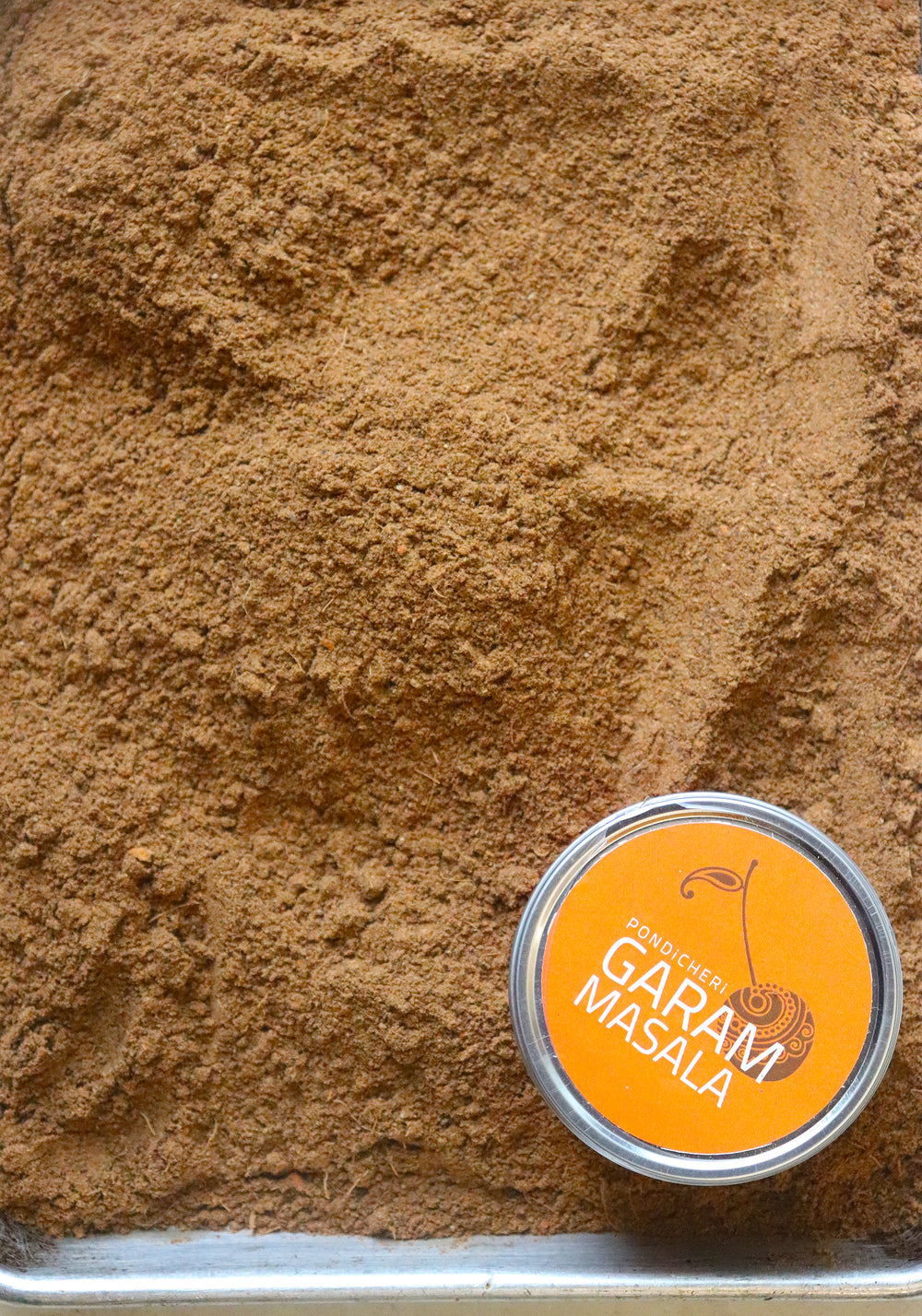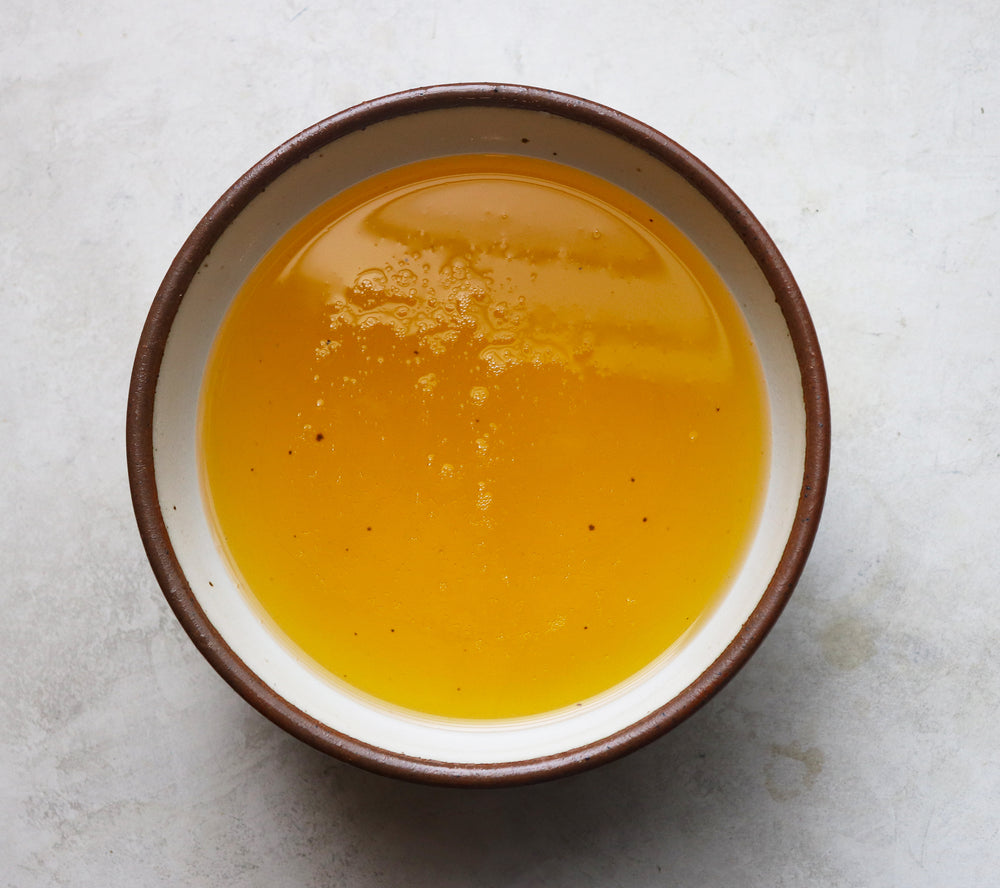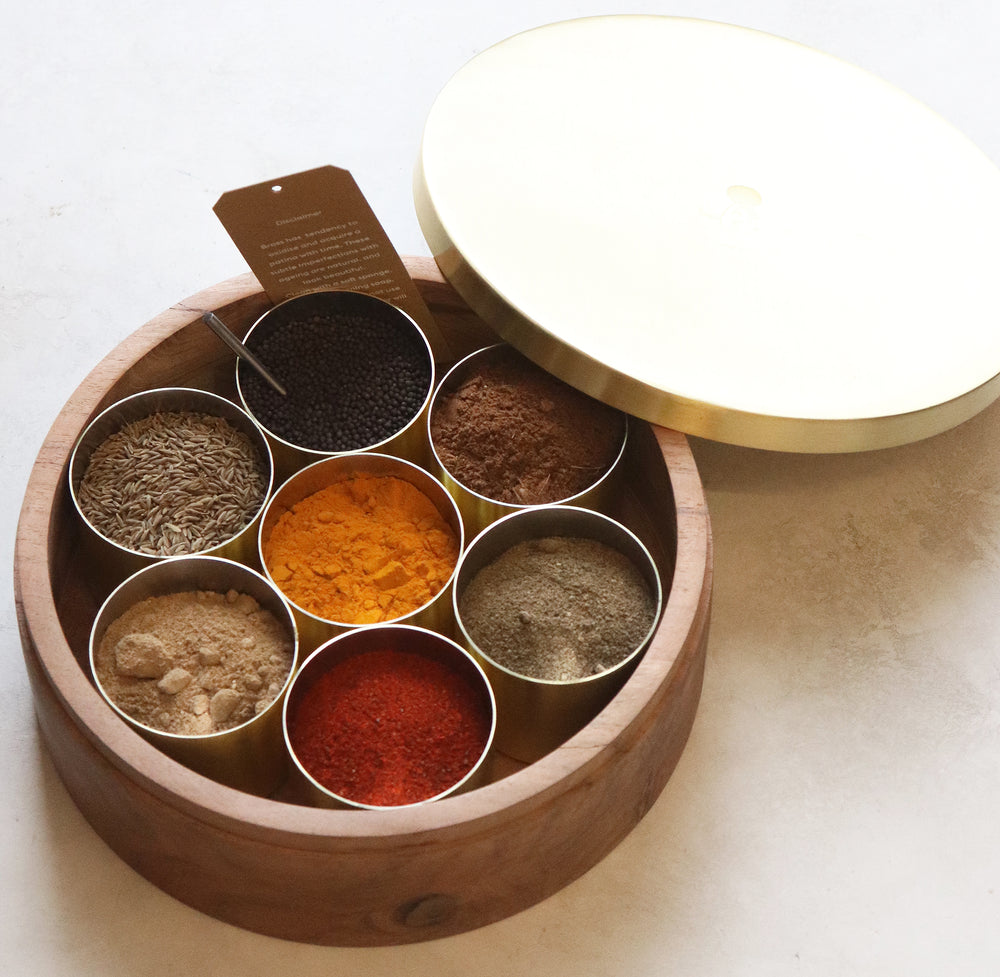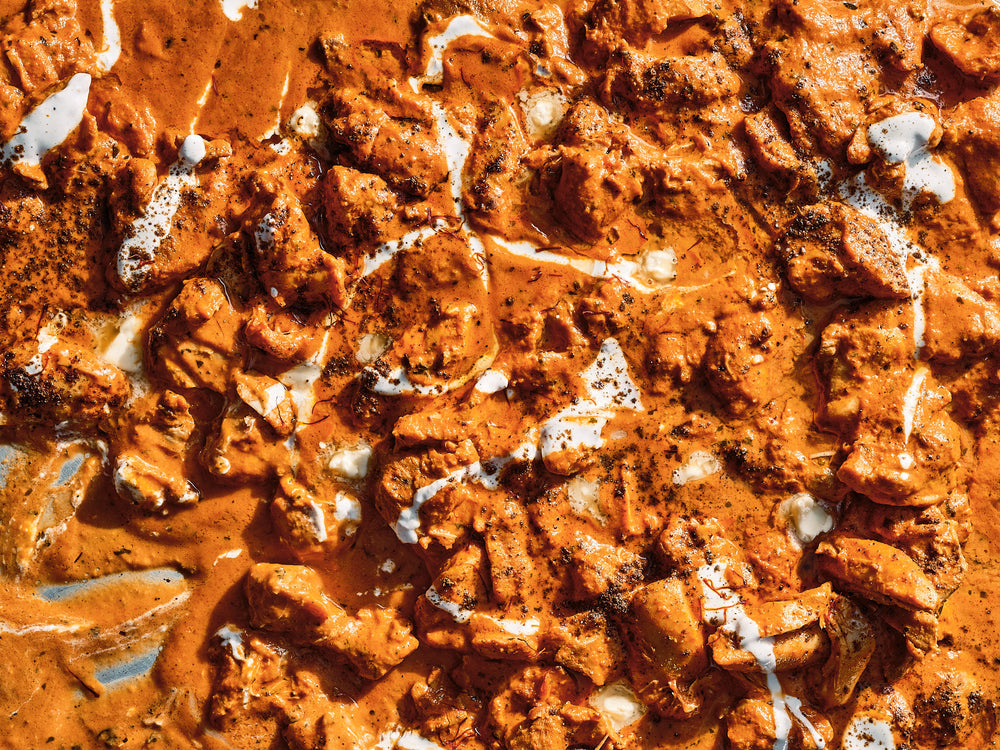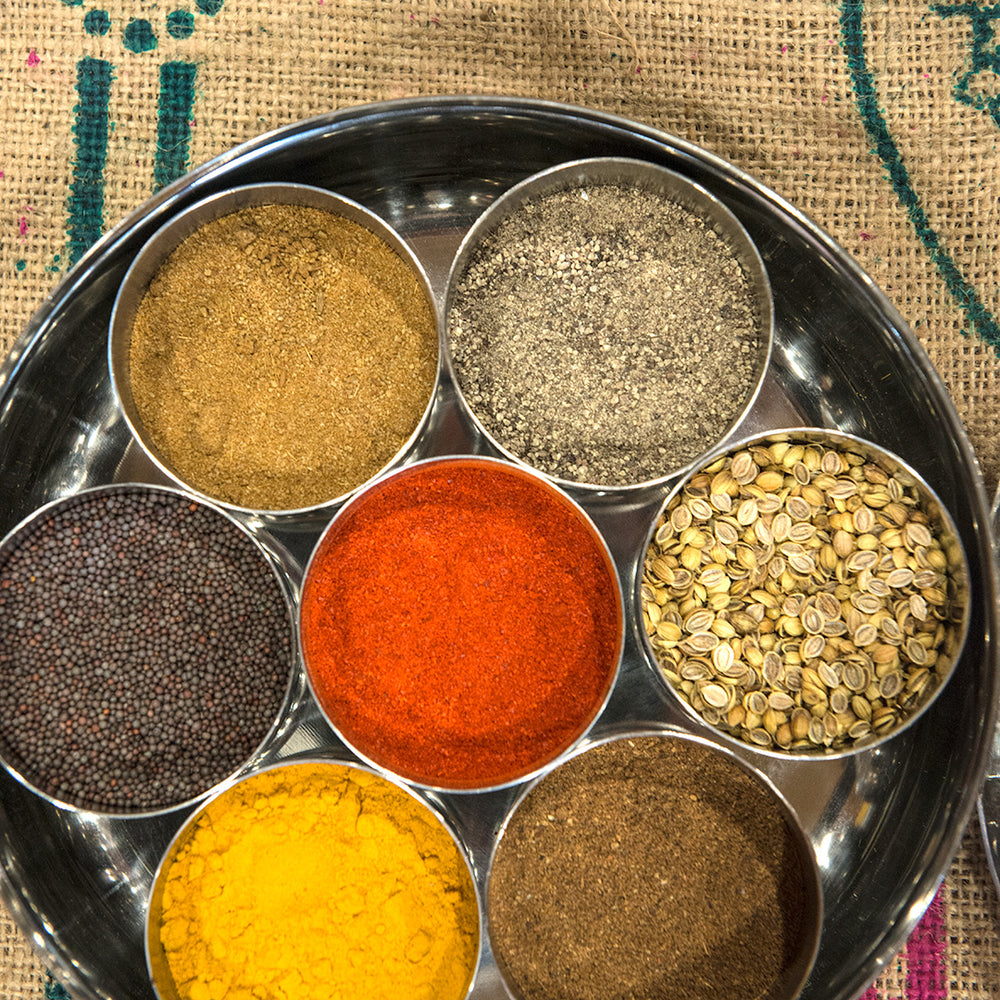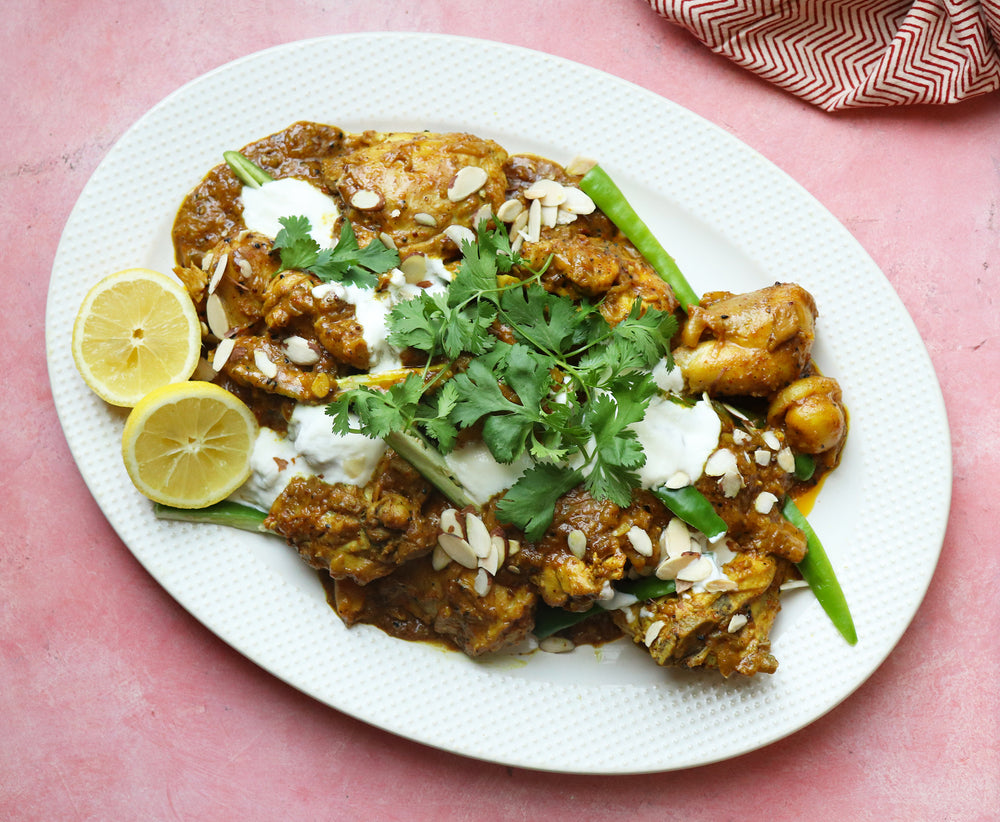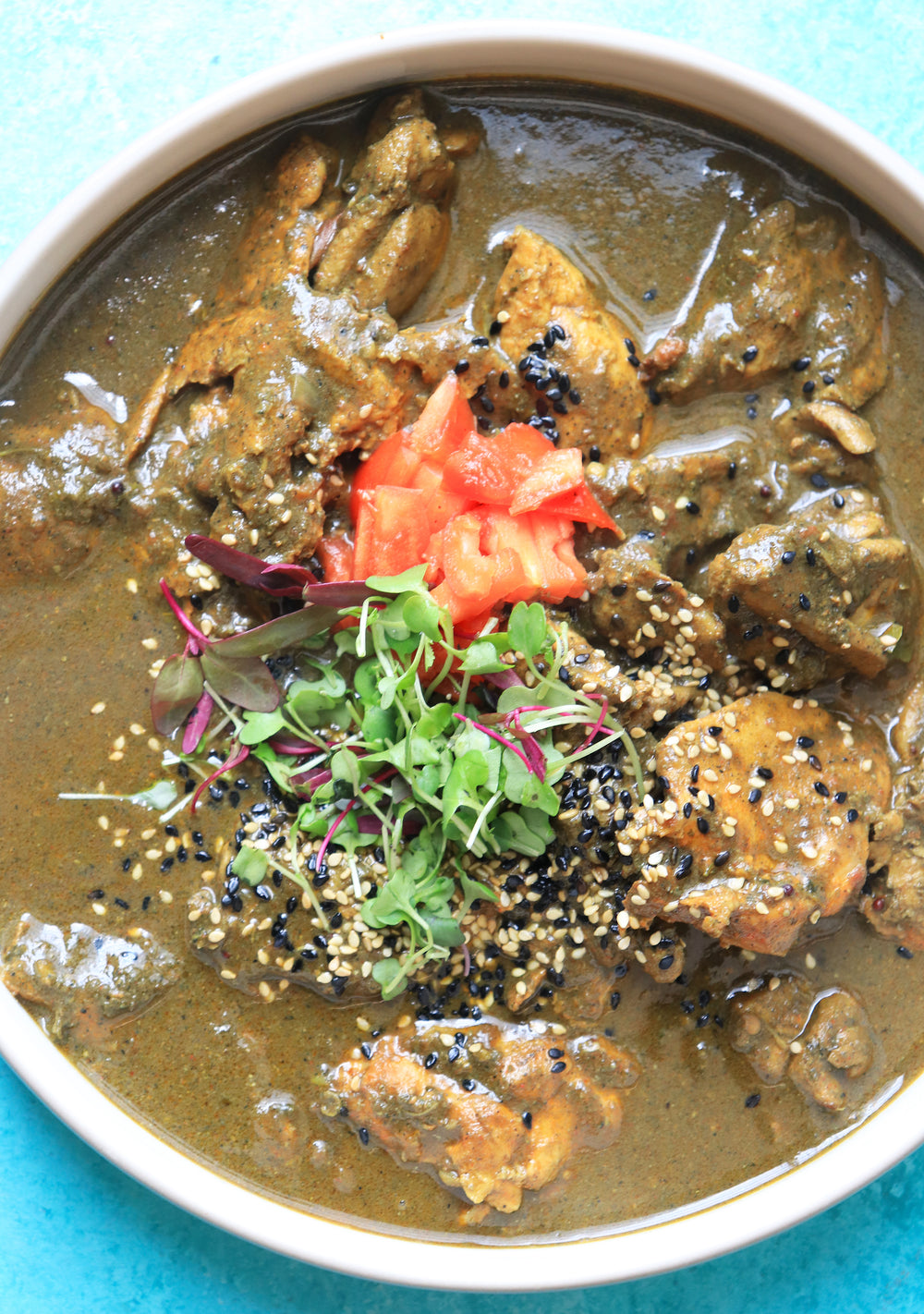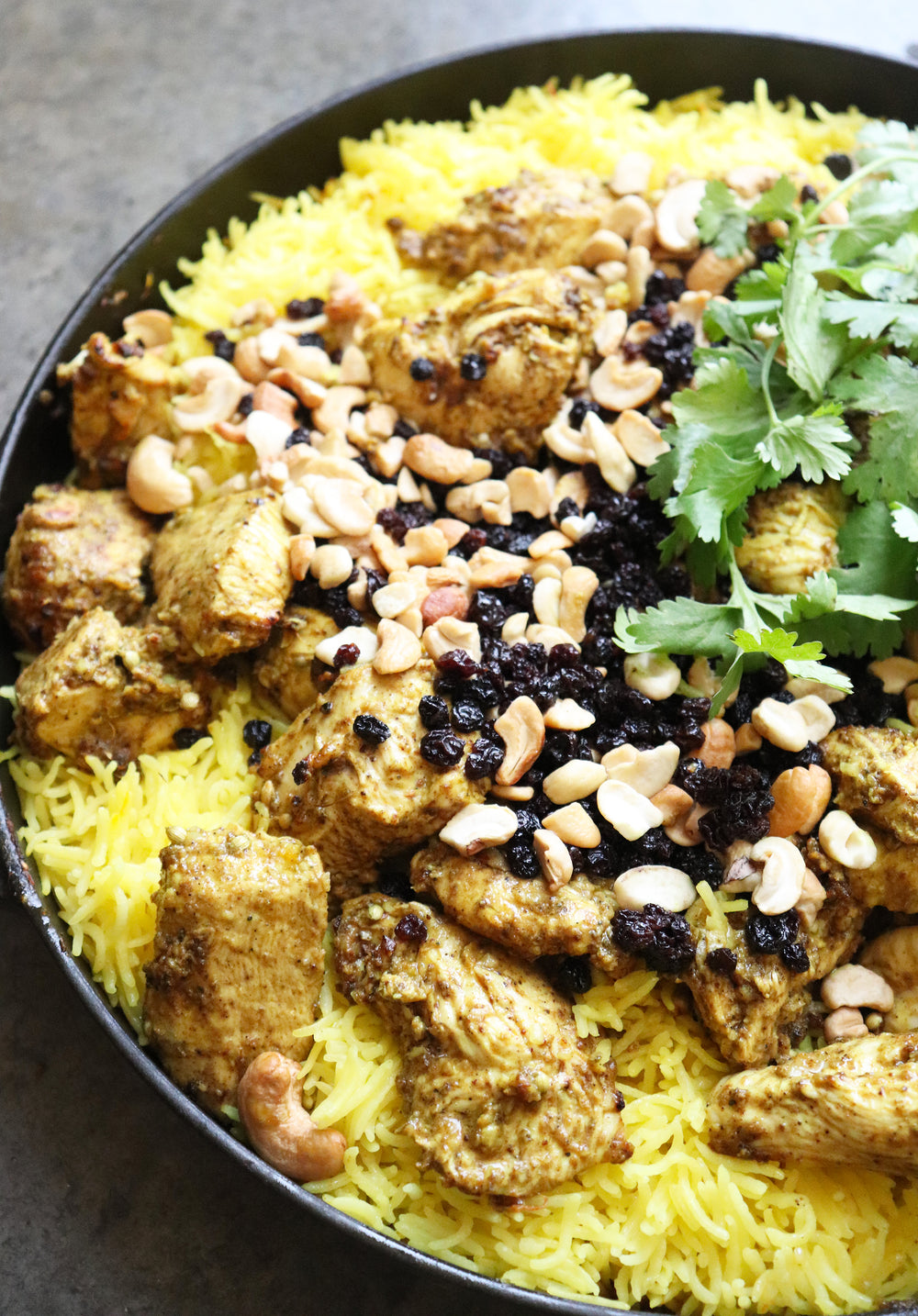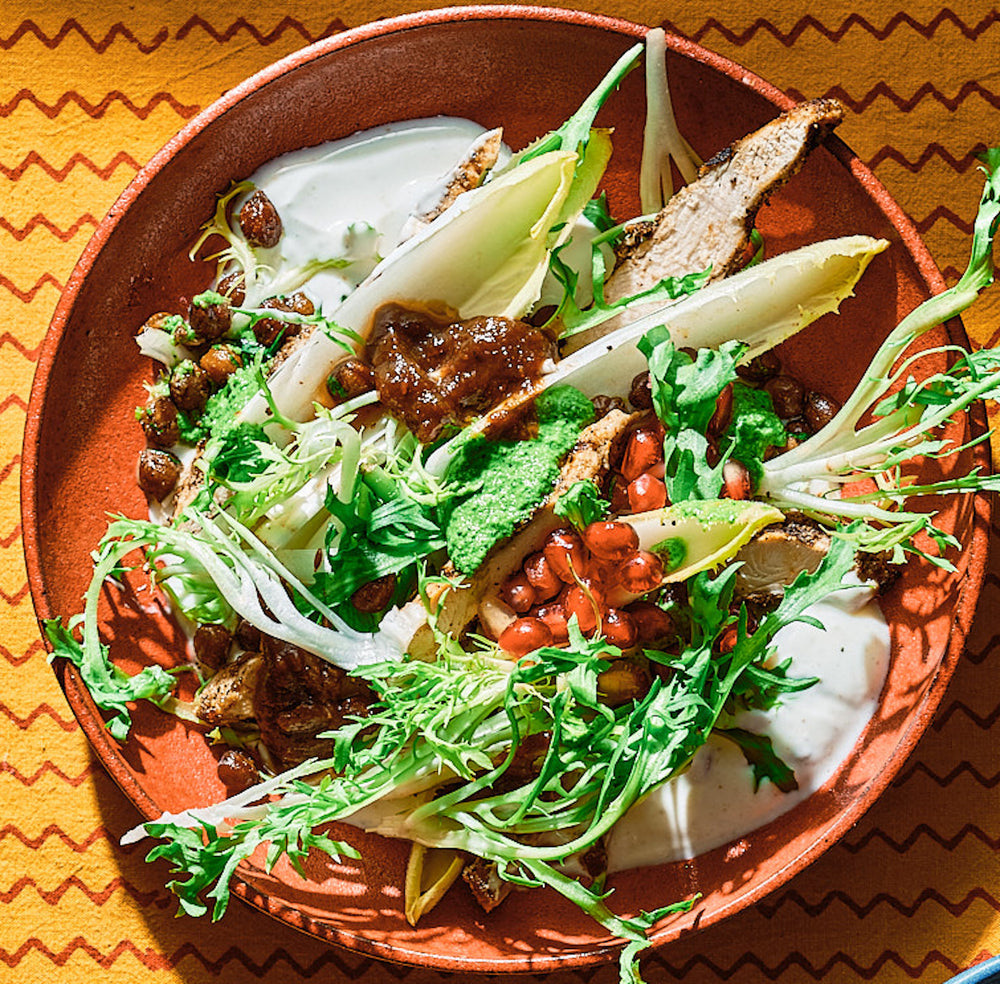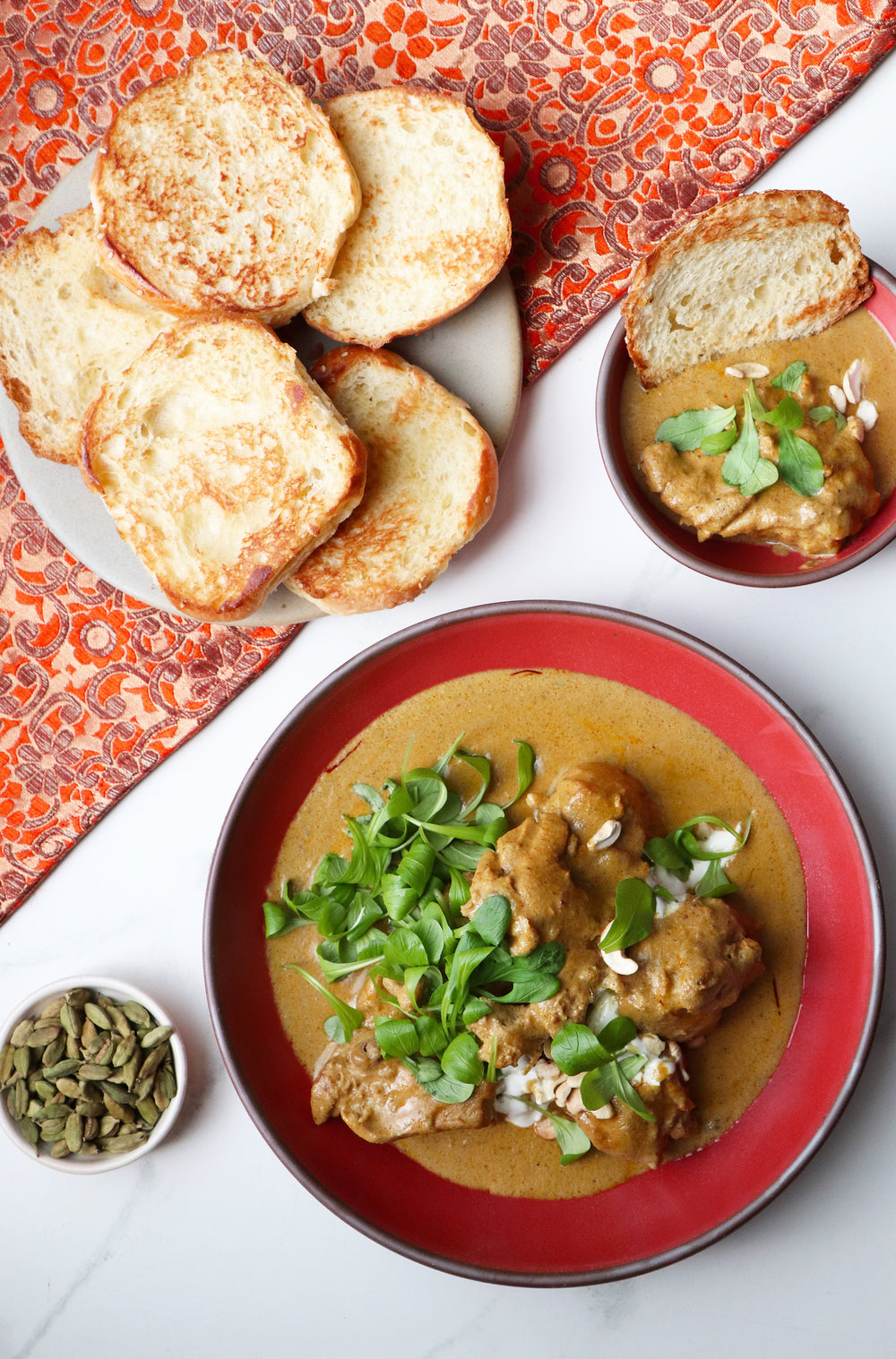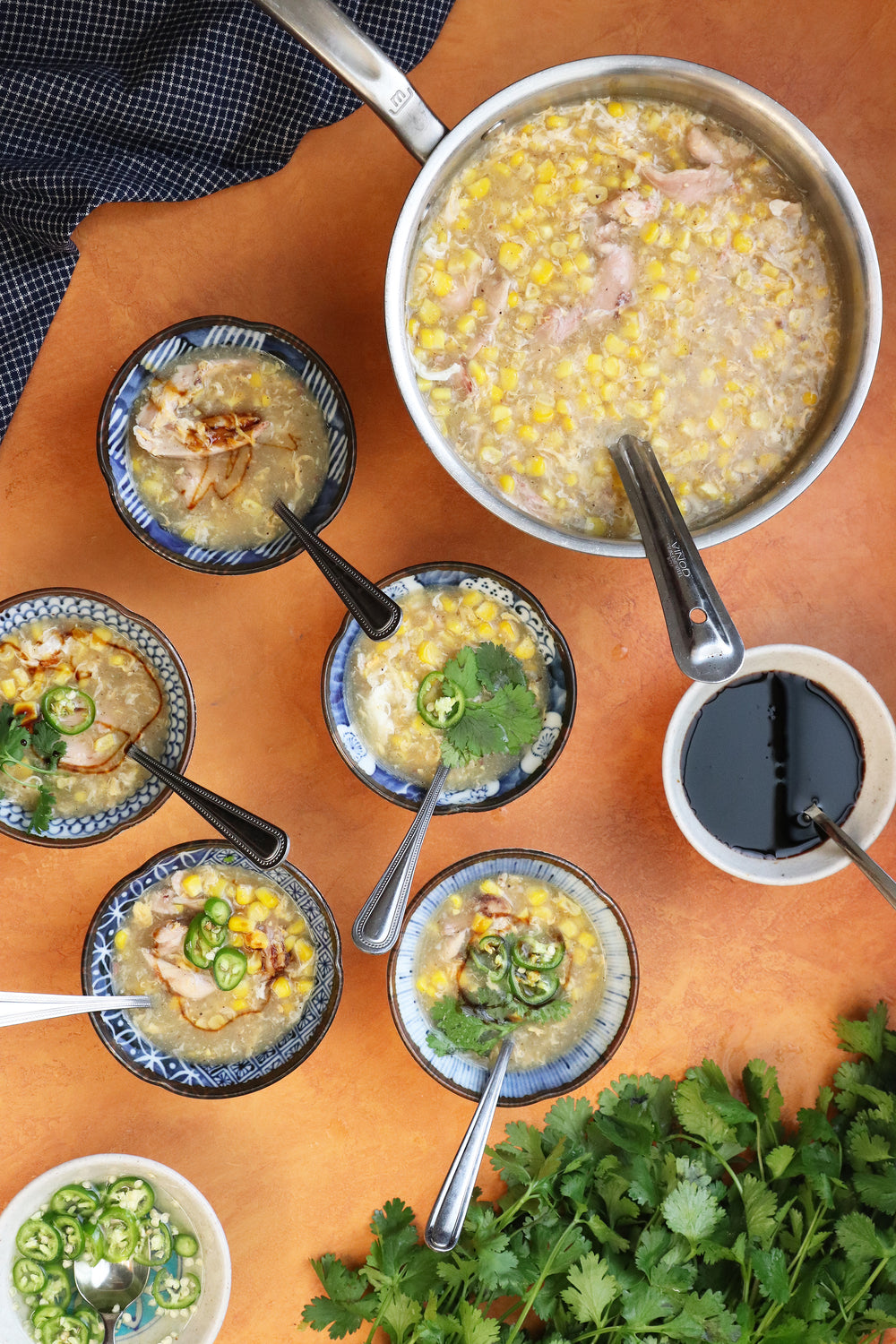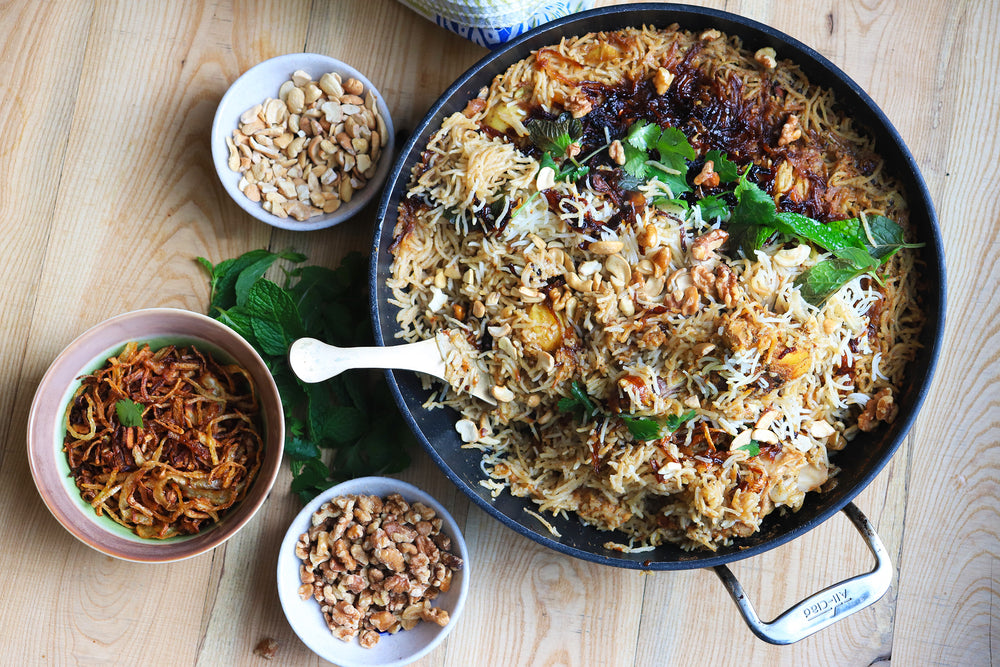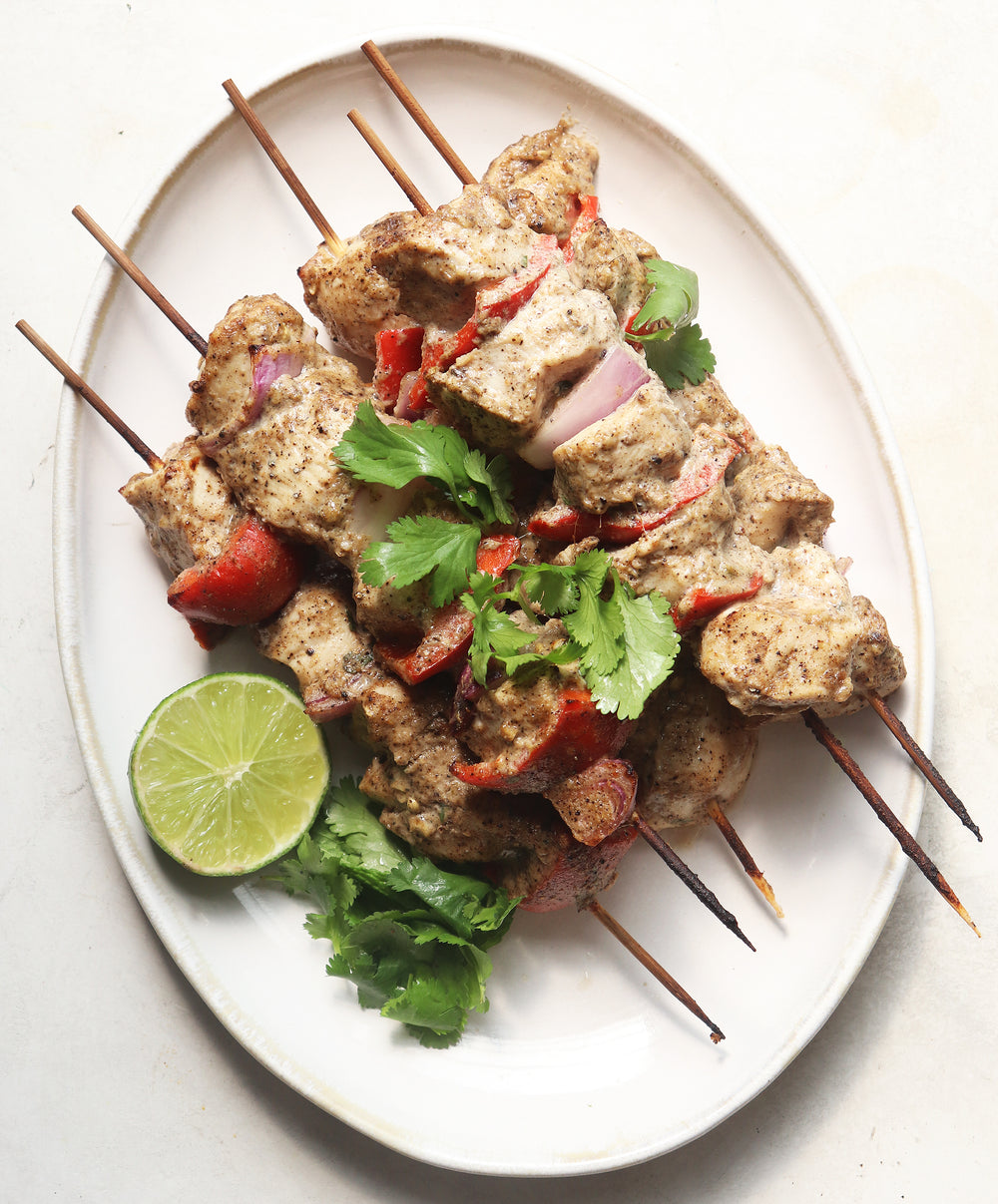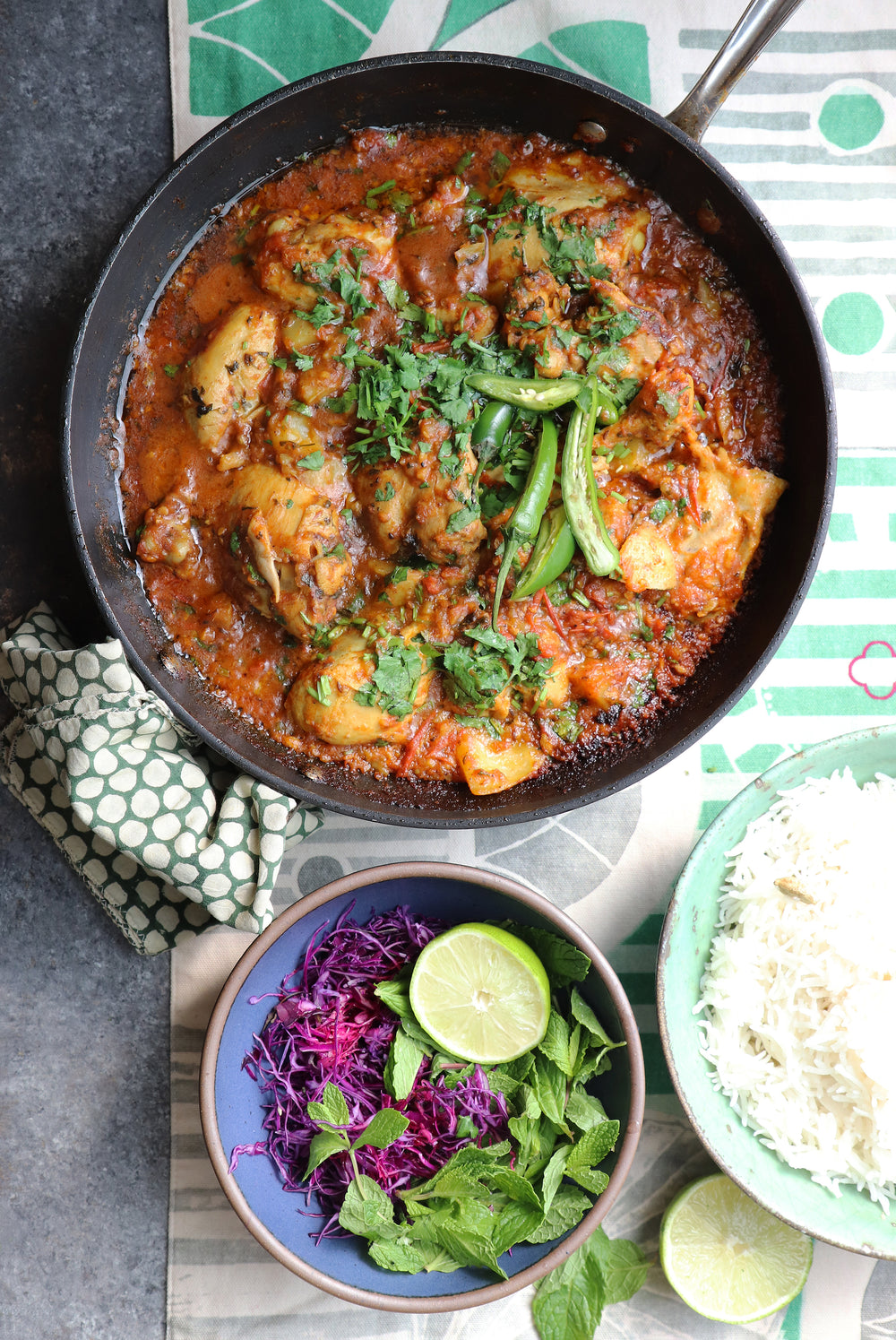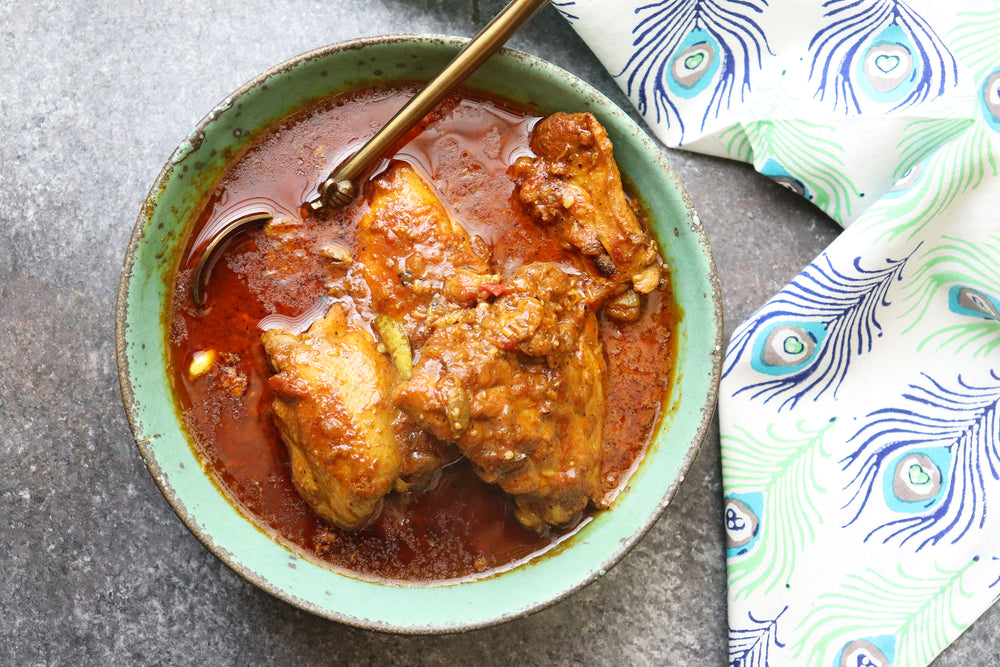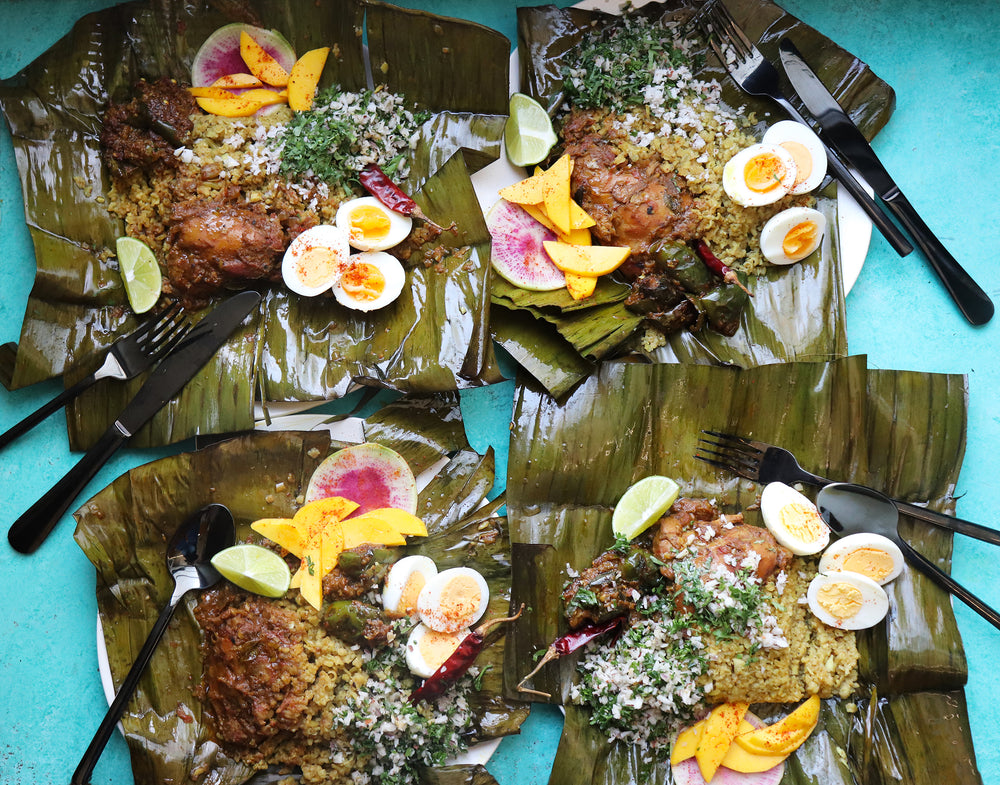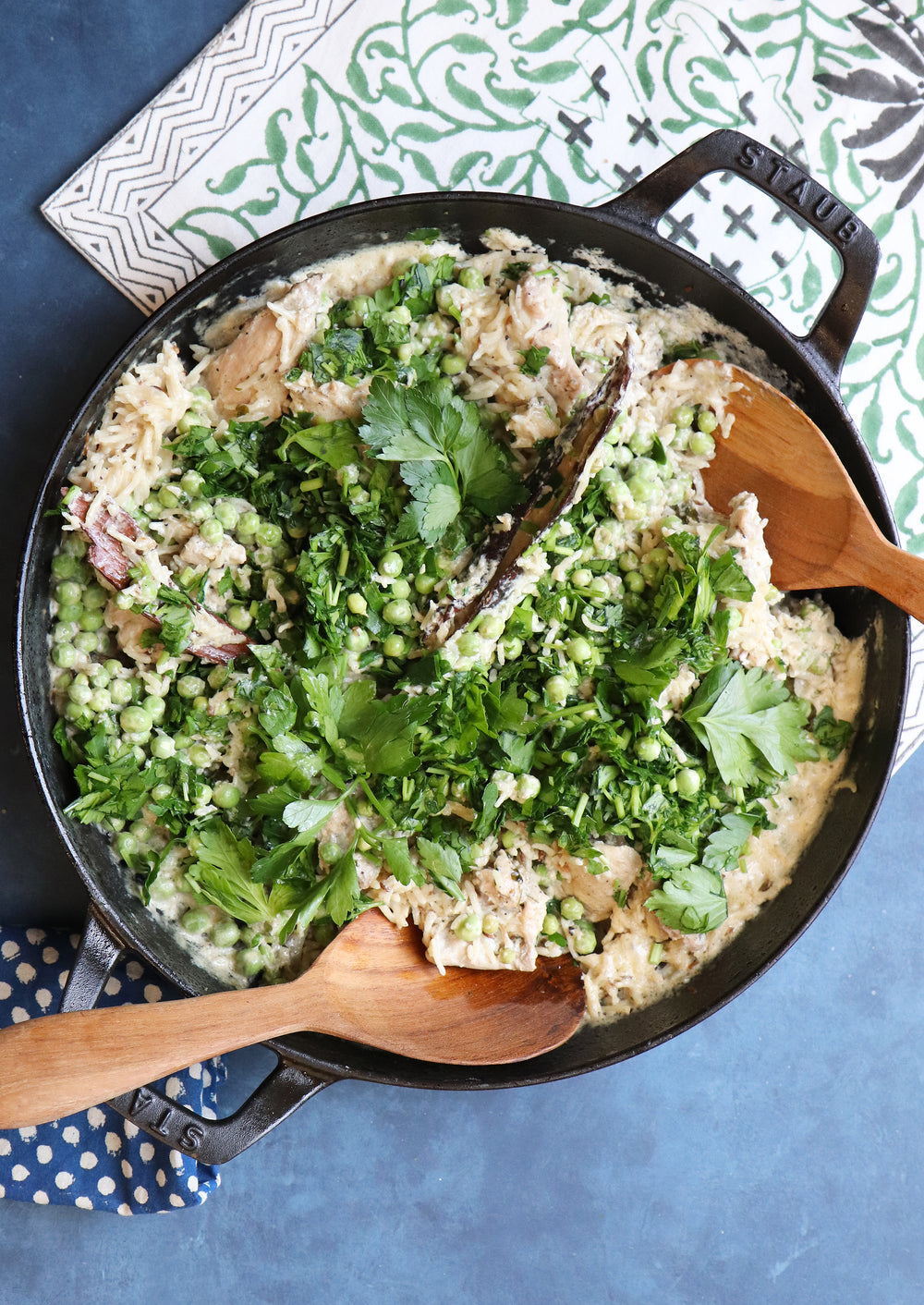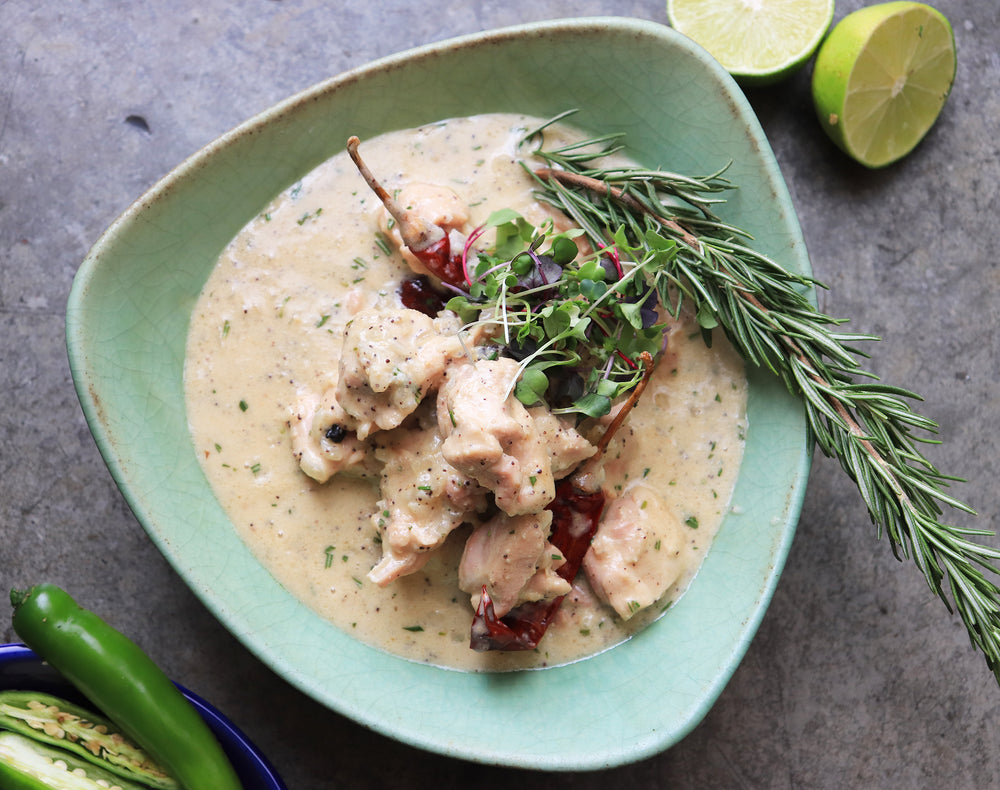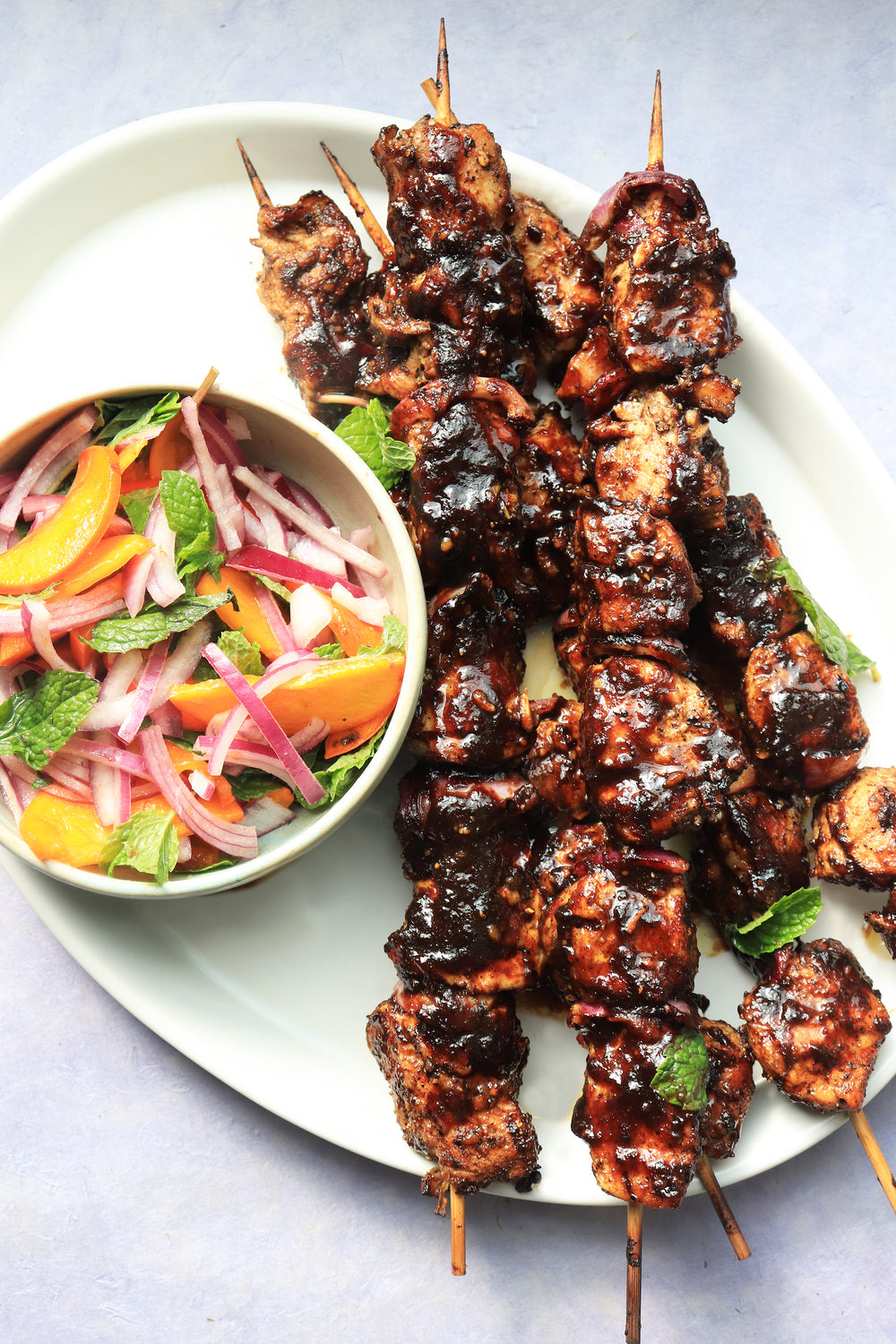
90 Min
GF
NF
Homestyle Butter Chicken
An accidental discovery originating from the Punjab region of India during colonial times, butter chicken — aka chicken tikka masala, or CTM — is hands down the most popular Indian restaurant dish. The word “tikka” has its origins in Persian and simply means bits or pieces. Chicken tikka refers to spiced and roasted boneless chunks of chicken. Masala, which technically means a spice or herb blend, refers to the fenugreek-laden, aromatic thick creamy sauce that accompanies the tikkas.
In 2001, Robin Cook, the then-foreign minister, announced CTM as the new national dish of Great Britain as a shining example of multiculturalism. Critics immediately responded by condemning it as a British invention and yet another demonstration of the British facility to reduce foreign foods to their most unappetizing form.
Though there is some controversy about the origins of the dish, the most likely story is that the modern version was created during the early ’70s by an enterprising Indian chef near London. In a quick attempt to fix a dry chicken tikka sent back by an upset customer, he whipped together a can of Campbell’s tomato soup, cream and spices to provide a sauce for the offending chicken. Of course, this unknown chef, who received no credit for his ingenuity, inadvertently had invented a dish that Britons now eat upwards of 20 tons of in a week. Originally dismissed as “mongrel cuisine,” in the hands of a skilled cook, butter chicken has evolved with periodic improvisations as a popular curry all over the world.
When my children were little, butter chicken made with bone-in chicken pieces was a regular meal we enjoyed with great gusto, especially when their friends came over. I have served it with everything from rice and roti to toast and pasta and, like most curries, it makes good leftovers. Garam masala, which literally translates as “warming” spice mix and is often sold as a blend, is made up of a combination of aromatics including cardamom, cinnamon, nutmeg, mace, cloves and more. Today, I consider butter chicken or CTM gateway cuisine — once you get a good handle on it, there are so many more delicious and fragrant stews to explore.
An accidental discovery originating from the Punjab region of India during colonial times, butter chicken — aka chicken tikka masala, or CTM — is hands down the most popular Indian restaurant dish. The word “tikka” has its origins in Persian and simply means bits or pieces. Chicken tikka refers to spiced and roasted boneless chunks of chicken. Masala, which technically means a spice or herb blend, refers to the fenugreek-laden, aromatic thick creamy sauce that accompanies the tikkas.
In 2001, Robin Cook, the then-foreign minister, announced CTM as the new national dish of Great Britain as a shining example of multiculturalism. Critics immediately responded by condemning it as a British invention and yet another demonstration of the British facility to reduce foreign foods to their most unappetizing form.
Though there is some controversy about the origins of the dish, the most likely story is that the modern version was created during the early ’70s by an enterprising Indian chef near London. In a quick attempt to fix a dry chicken tikka sent back by an upset customer, he whipped together a can of Campbell’s tomato soup, cream and spices to provide a sauce for the offending chicken. Of course, this unknown chef, who received no credit for his ingenuity, inadvertently had invented a dish that Britons now eat upwards of 20 tons of in a week. Originally dismissed as “mongrel cuisine,” in the hands of a skilled cook, butter chicken has evolved with periodic improvisations as a popular curry all over the world.
When my children were little, butter chicken made with bone-in chicken pieces was a regular meal we enjoyed with great gusto, especially when their friends came over. I have served it with everything from rice and roti to toast and pasta and, like most curries, it makes good leftovers. Garam masala, which literally translates as “warming” spice mix and is often sold as a blend, is made up of a combination of aromatics including cardamom, cinnamon, nutmeg, mace, cloves and more. Today, I consider butter chicken or CTM gateway cuisine — once you get a good handle on it, there are so many more delicious and fragrant stews to explore.

90 Minutes
4

Notes & Variations
- The additional butter at the end is optional. It certainly makes for a creamier curry.
- If using boneless chicken thighs or breasts, adjust the cooking time accordingly and replace the water in the sauce with chicken stock.
- When starting the curry, be sure to move fast or the butter will burn.

Notes & Variations
- The additional butter at the end is optional. It certainly makes for a creamier curry.
- If using boneless chicken thighs or breasts, adjust the cooking time accordingly and replace the water in the sauce with chicken stock.
- When starting the curry, be sure to move fast or the butter will burn.
Tags:

Stock Your Pantry

An aromatic blend of warm spices usually added at the end of cooking stews or curries.

Ghee is a class of clarified butter that originated in ancient India.
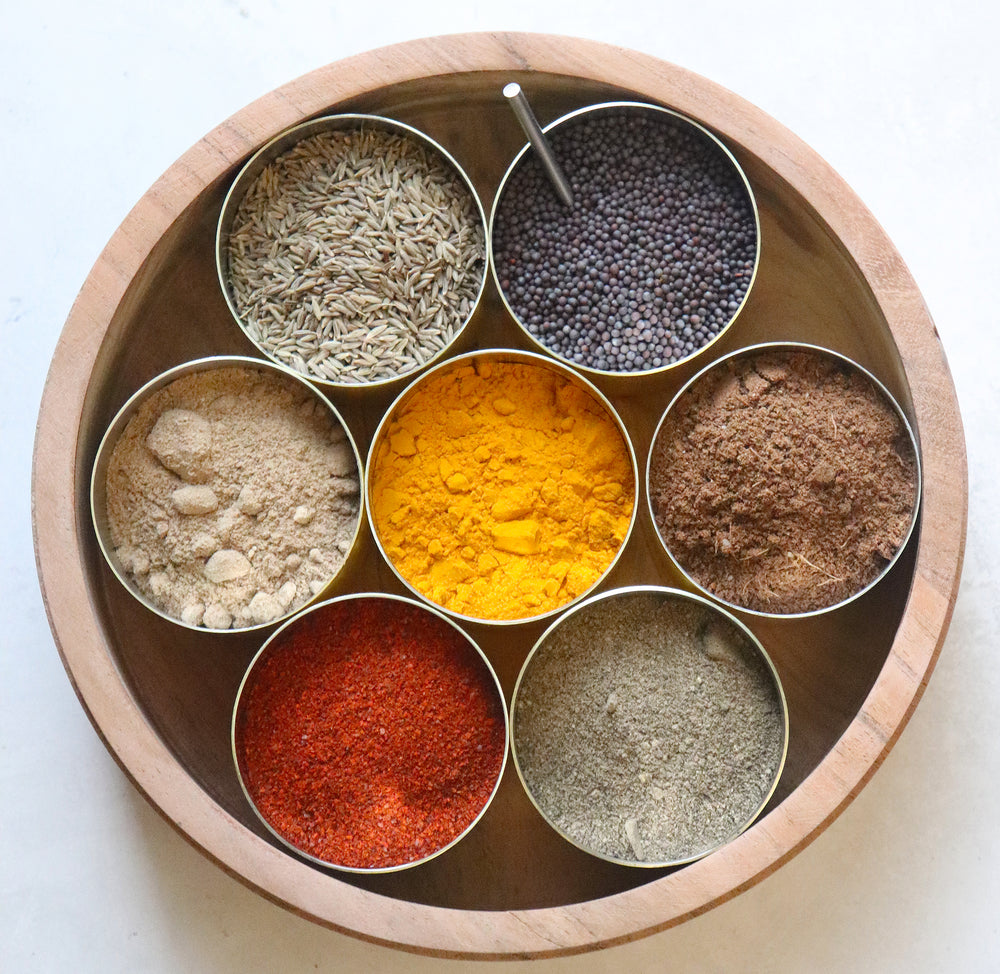
A handmade spice box containing red chile, turmeric, black pepper, cumin seeds, mustard seeds, amchur and garam masala.
Tags:

Stock Your Pantry
